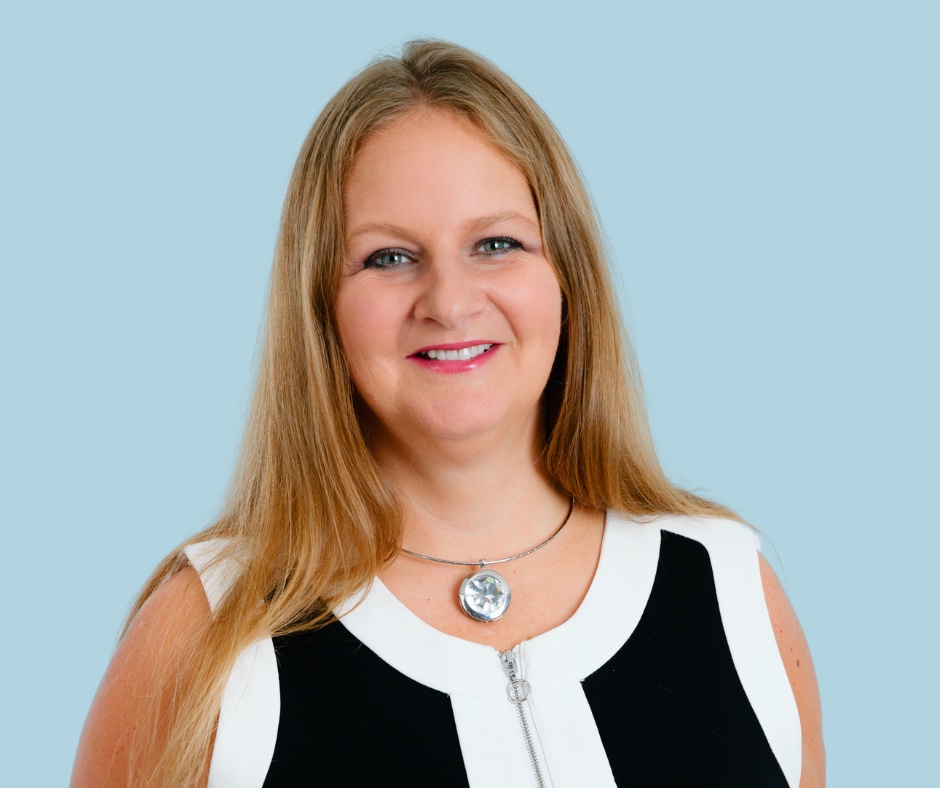- Home
- About Us
- The Team / Contact Us
- Books and Resources
- Privacy Policy
- Nonprofit Employer of Choice Award

 There are a number of communication strategies that organizations can employ when marketing a planned giving program. One of the strategies that you might expect to work in promoting your legacy program is direct mail, but it’s not.
There are a number of communication strategies that organizations can employ when marketing a planned giving program. One of the strategies that you might expect to work in promoting your legacy program is direct mail, but it’s not.
Instead, try a survey with questions that would yield pertinent information to help identify prospects for legacy giving in three areas: legacy, life and family. You will get valuable information about your constituency and be able to identify good legacy prospects. Remember, many of the people you will be interacting with are senior and welcome such communications, so do not think you are intruding on them. You’re not.
Additionally, part of the process of coming to a decision to make a legacy gift involves reflection upon one’s life. A survey can be a great way to get people thinking about options.
Probably the most effective method of legacy marketing is “top of mind” or “drip” promotion to keep legacy giving in front of your supporters on a regular basis. For some, that means once a month on social, in a newsletter or included in other communications. Regardless of the medium or strategy being used, there should be a constant reminder included in almost all communications to “consider us in your will.”
Print materials and direct response
Many organizations have moved away from print materials and have initiated electronic communications instead. Depending on your audience, it might still be advantageous to have some hard copy communication pieces. Those in older generations still very much like to get a letter in the mail and the truth is some of them will read it many times.
Newsletters give organizations an effective way to cover each of their planned giving vehicles in depth, as well as providing an opportunity to include testimonials and examples that can illustrate important points.
Brochures that can be electronically downloaded are a good alternative to printed ones. Ideally, organizations should have a different brochure for each of the vehicles they offer but one comprehensive conversation starter will do in a smaller shop. The purpose of the brochure is to educate the prospect and stimulate their interest in seeking more information through a personal contact.
Another tool some organizations use is a planning or asset inventory workbook. This helps people get an accurate feel for their overall financial situation and helps them to establish what assets may be available for a planned gift. Similar workbooks are also available through banks and allied professionals. Donors appreciate it when charitable organizations provide these tools for self-evaluation, and they open the door for a personal conversation about legacy gifts.
Media tools
With recent advances in technology, creating useful multi-media content is both effective and cost efficient. This, more than anything, has leveled the playing field for all charities. You no longer need a lot of capital to get noticed thanks to social media. You do, however, need to be strategic if you want to see good results.
Your website
The primary advantage of a website is that content can be changed and updated regularly, and users can access as much or as little information as they choose on their own time. The key however, is to provide clear instructions on how to obtain further information and contact someone at the organization.
Face-to-face strategies
Seminars and webinars are communication strategies many organizations use to educate their constituency about legacy giving, providing information to the participants that can be reviewed and discussed later with their advisors.
Managing the process
All communication strategies have one goal in common: to stimulate an individual to seek a face-to-face consultation with someone (within the organization or an allied professional) to discuss a legacy gift. Face-to-face communication has been proven to be the most effective method of communication.
If organizations can begin a conversation with their donors about legacy giving, or even stimulate them to go and talk to their advisors, half the challenge has been met. Being able to help the organization further its mission and vision are probably still the most important factors for many donors when they are considering legacy giving.
Legacy giving can be some of the most meaningful and impactful giving your organization will receive—for you and your donor. Share this with your constituents, and show them what a legacy gift can do. Celebrate when you use a legacy gift to do something special and honour the person or family who gave it. If you focus your program on the benefits of giving legacy gifts and emphasize the lasting social benefit, people will want to get involved.
Michelle Harder has over 25 years of experience in fundraising and non-profit development as a consultant and as part of an executive team. With a Master of Arts degree in Philanthropy & Development from Saint Mary’s University in Minnesota, Michelle has both theoretical and practical experience in fundraising. With a focus on small shop and faith-based fundraising, Michelle is driven by a passion to help organizations achieve their fundraising and strategic goals. As a consultant, public speaker, and author of The Definitive Guide to Faith-based Fund Development Michelle has the expertise to help you raise the funds you need.